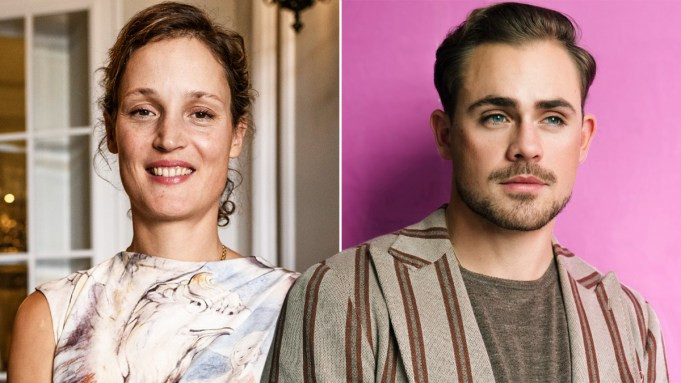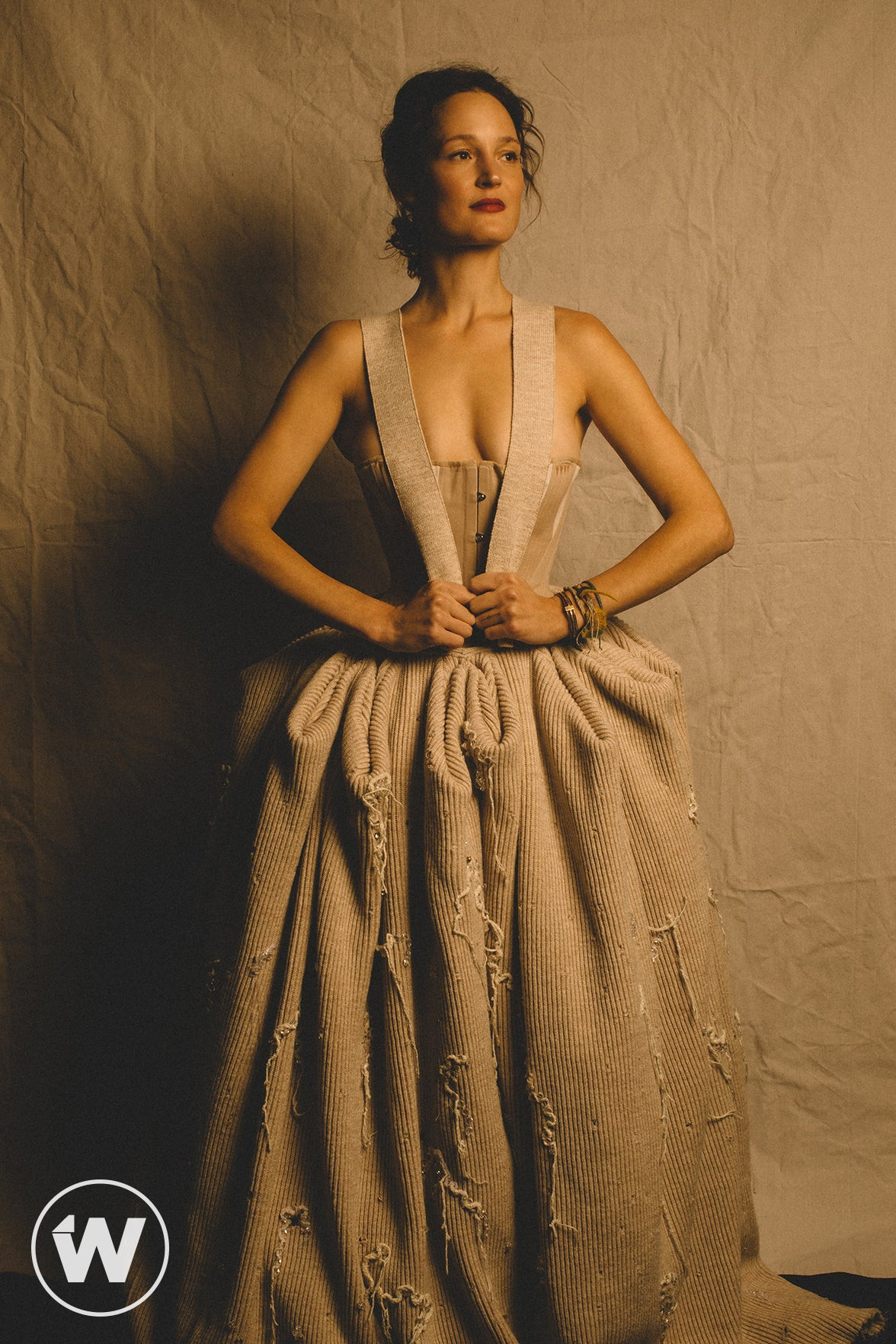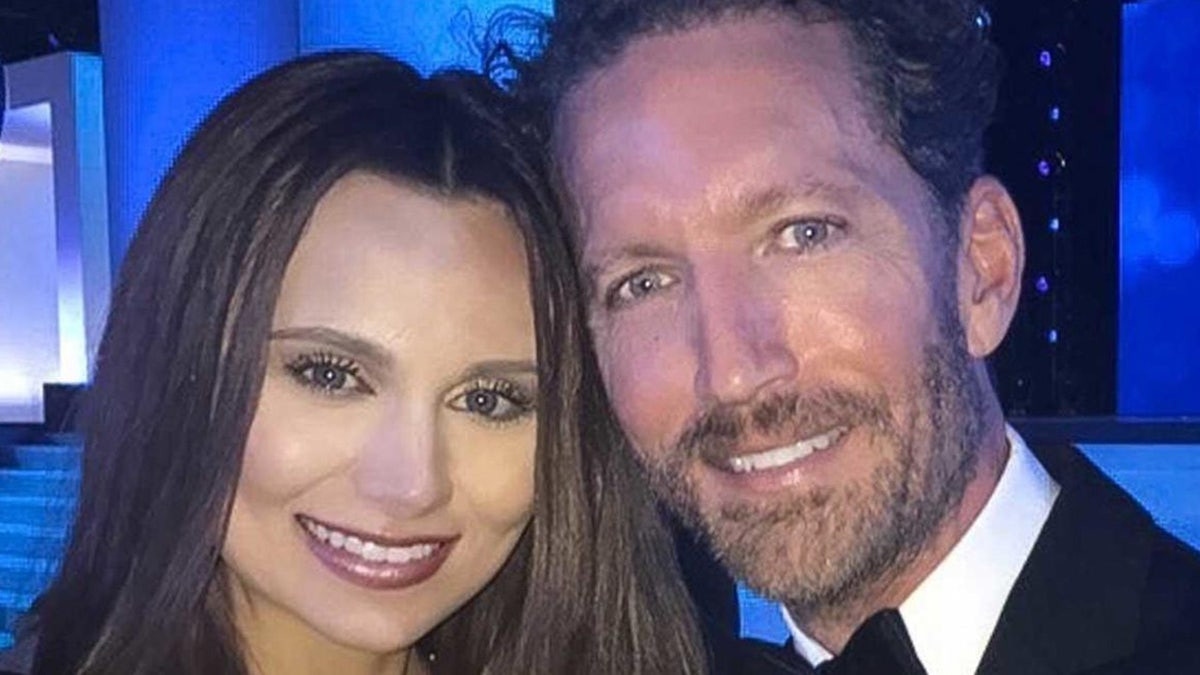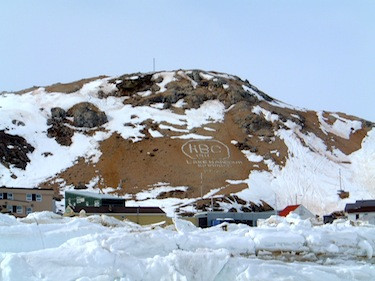Kiwi filmmaker Samuel Van Grinsven heads to TIFF this year with Went Up The Hill, a psychological ghost story starring Vicky Krieps and Stranger Things actor Dacre Montgomery. The film follows Jack, an orphan, who travels to remote New Zealand to attend the funeral of his estranged mother Elizabeth. There he meets her widow, Jill, who has questions of her own. Over the nights that follow, Elizabeth returns and possesses Jack and Jill, using each of their bodies to speak to the other. Jill faces Elizabeth’s suicide, while Jack confronts his abandonment. As they learn she is trapped in limbo, Jack begins to doubt Elizabeth’s reason for returning. Caught in a life-threatening nocturnal dance, Jack and Jill must find a way to let go of Elizabeth’s hold before she pushes them to the edge.
Van Grinsven says that his new film was inspired by a single image of two people in a room, a coffin between them, both equally mourning the person inside, but knowing next to nothing about one another. His film, which debuts this week at the Toronto International Film Festival, sees a young man, Jack, travel to a remote part of New Zealand to attend the funeral of his estranged mother. There he meets her grieving widow, Jill. But his mother’s spirit returns, inhabiting both of their bodies to speak to the other one and instigating a threatening three-way nocturnal dance.
The film is financed with principal production investment from the New Zealand Film Commission and Screen Australia with support from Screen CanterburyNZ, Create NSW, Spectrum Films, Stage 23, RM Sound, Head Gear Films, Fulcrum Media Finance and the New Zealand Government’s Screen Production Grant. Australian and New Zealand distribution is by Vendetta Films. Bankside Films is handling international sales, and co-repping North American sales rights with CAA Media Finance.
The film’s title and character names are taken from the nursery rhyme Jack and Jill Went Up The Hill. Van Grinsven describes the nursery rhyme as “fascinating in the sense that it’s quite confusing. It’s two characters searching for something in a place where it’s not commonly found — going to the top of a hill to find water doesn’t necessarily seem the most logical thing to do. Also, there’s the maternal connection of a nursery rhyme, which is passed from mother to child and from family to family. That felt extremely powerful, when you’re talking about generational trauma, or the way in which cycles of abuse are passed on. And the repetition that comes with a nursery rhyme is close to the cycles of the darker themes that we’re dealing with. Finally, I liked the sense that nursery rhymes are used to lull a person to sleep [where my characters experience so much].
A Psychological Thriller, Not a Horror Film
Van Grinsven, who previously directed the well-noted Sequin in a Blue Room, says that Went Up The Hill is “a hypnotic ghost story,” but not a horror film. He cites Bergman’s Persona or Hour of the Wolf and Assayas’ Personal Shopper as inspirations. The film's structure, pacing, and themes differ from traditional horror films. The film explores the themes of grief, loss, and the power of memory in a way that is both unsettling and thought-provoking.
A Compelling Exploration of Grief and Loss
The film's premise is one of confusion. The characters themselves are quite confused. The audience is often put in the same position. For example, in the film, Jill is ahead of the audience in terms of understanding the identities and possession and the shifting identities, but later, the audience is behind in the narrative. The film’s approach to identity is both unsettling and intriguing. The audience is kept off-balance, forced to confront the ambiguity of the situation.
A Non-Traditional Approach to Character Relationships
The film makes it clear that both lead characters are gay, but it doesn’t appear to be a major theme of the movie. Van Grinsven says, “I think if both characters were to be straight, that there would be an ingrained audience expectation of the two of them falling in love. And I wasn’t interested in that. I liked the idea that their connection, if you removed that element from their relationship, they would be forced to trust each other in a way that is like brother and sister — and then almost like mother and son.”
A Visual Spectacle
The film was shot in the Canterbury Highlands of South Island, New Zealand. The scenes where the characters are stationed on the backs of the lake were shot at a real Lake Pearson location, the one that you can see from that house. The scenes in which they’re physically on the ice were built in a large open paddock, just in front of the lake. The film's stunning visuals are a testament to the talent of the film's crew. The film’s use of location and cinematography creates a sense of isolation and dread that is both beautiful and unsettling.
The Long and Winding Road to the Screen
Van Grinsven says that he wanted Vicky Krieps for the role of Jill from the beginning. However, Krieps was unavailable for the original shooting schedule. COVID-19 happened and everyone’s schedules changed. They were able to shoot the film later than expected, and Krieps ended up taking on the role in an executive production sense.
A Haunting and Unforgettable Film
Went Up The Hill is a powerful and moving film that explores the complexities of grief, loss, and the power of memory. The film is sure to leave a lasting impression on viewers.
A Look into The Future of Film
Van Grinsven's Went Up The Hill is a must-see for fans of psychological thrillers and independent cinema. The film is a unique and challenging work that is sure to be talked about for years to come.


















